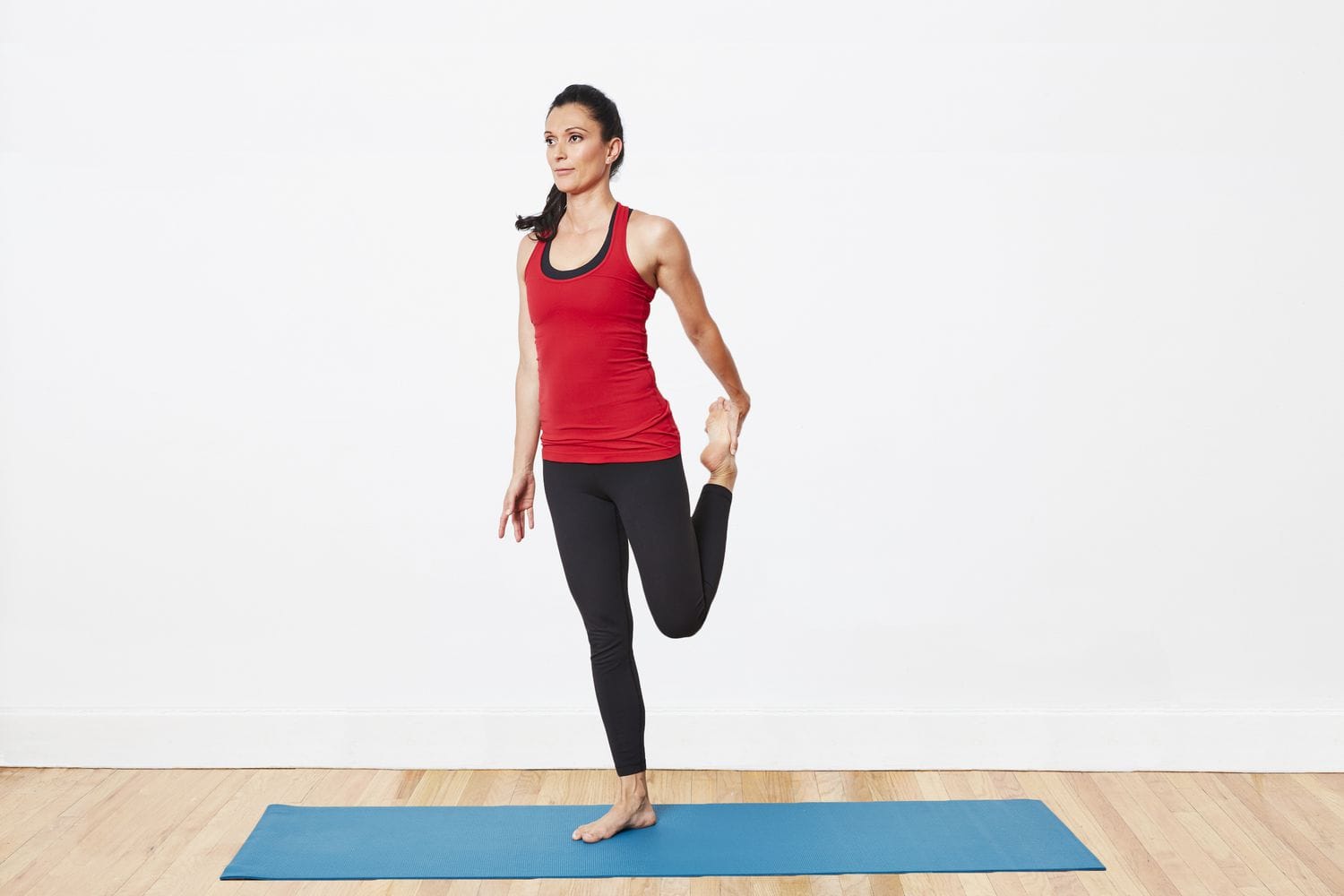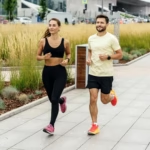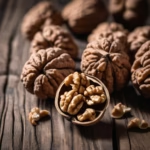Now Reading: Top 5 Gentle Exercises For Osgood Schlatter Disease At Home
-
01
Top 5 Gentle Exercises For Osgood Schlatter Disease At Home

Top 5 Gentle Exercises For Osgood Schlatter Disease At Home
Active people are often more likely to get Osgood Schlatter Disease, which affects the knee. Incorporating specific exercises for Osgood Schlatter Disease can help manage and alleviate symptoms. The area below the kneecap hurts. It happens a lot to young people during growth spurts. Doing light exercises can help you deal with your symptoms and feel better.
You don’t need any equipment for these exercises and you can do them at home. When you work out regularly the muscles around the knee become more robust and flexible which may ease the pain over time. It is best to avoid movements that hurt very badly. Always start slowly to avoid getting hurt.
Quadriceps Stretch
The quadriceps stretch is one of the best exercises for Osgood Schlatter Disease. It works the muscles in the front of the thigh which are very important for stable knees. If your quadriceps are tight your knee may feel pain below the kneecap. For people who are in pain, stretching can help relieve tension. The quadriceps will become more flexible and the knee joint pressure will decrease if you stretch them regularly. No special gear is needed to do this exercise every day. To get the most out of it you need to be consistent.
How To Perform:
1. Stand upright using a chair for balance.
2. Bring your heel up to your buttocks and bend your knee.
3. Grab your foot with one hand.
4. Hold the stretch for 20 seconds while keeping your knees together.
5. Do it again with the other leg.
Repeat these exercises for Osgood Schlatter Disease at least three times daily to improve results.
Hamstring Stretch
Hamstring stretches are essential exercises for Osgood Schlatter Disease. The muscles at the back of the thigh get more flexible with these stretches. Tight hamstrings can worsen knee pain by putting more stress on the knee joint. This easy exercise can be done at home and helps relieve stress. Stretching the hamstrings makes moving easier and lowers the risk of worsening knee pain. Stretching your hamstrings regularly also makes your legs more flexible which reduces your risk of getting hurt. A light stretch works and it is important not to stretch too much to avoid hurting yourself.
How To Perform:
1. Sit on the ground with one leg in front of you.
2. Bend the other leg and press the foot against the inside of your thigh.
3. Touch your toes with the leg that is out long.
4. Stay in the stretch for 20 seconds.
5. Switch legs and do it again.
Incorporate these hamstring stretches into your daily routine of exercises for Osgood Schlatter Disease.
Straight Leg Raises
Straight leg raises are great strengthening exercises for Osgood Schlatter Disease. They work on making the quadriceps stronger without putting too much stress on the knee. When you have Osgood Schlatter Disease, having strong quadriceps can help support your knee and ease the pain that comes with it. You don’t need any equipment to do this exercise while lying down. Because the movement is controlled, muscles can get stronger without hurting the knee joint more. Regularly doing straight leg raises can help you strengthen and stabilize your knees.
How To Perform:
1. Lay on your back with one leg straight out before you.
2. Bend the other knee and keep the foot flat on the ground.
3. Raise the straight leg about 12 inches off the ground.
4. Hold it for a second or two then let go and lower it again.
5. Do this ten times then switch legs.
This is one of the best exercises for people with Osgood Schlatter Disease to make them more robust.
Read Also: 5 Common Mistakes To Avoid When Using An Exercise Bike For Weight Loss
Calf Stretch
Calf stretches are very helpful for people with Osgood Schlatter Disease. Tight calf muscles can make knee pain worse by making it hard to move and stiffening the knee. Calf stretching can help ease knee pain by reducing stress on the joint. This simple exercise makes the muscles in your lower legs more flexible. Regularly stretching your calves can help you move your knees around better and relax the muscles around them. It would help if you did this daily stretch as part of your exercise routine.
How To Perform:
1. Stand with your back to the wall and your hands on your shoulders.
2. Take a straight step back with your foot.
3. Bend your front knee and push your heel into the ground.
4. Stay in the stretch for 20 seconds.
5. Switch legs and do it again.
Calf stretches are an excellent addition to exercises for Osgood Schlatter Disease promoting muscle flexibility.
Hip Flexor Stretch
For people with Osgood Schlatter Disease the hip flexor stretch works well. In a roundabout way tight hip flexors can make knee pain worse. By stretching the hip flexors you can loosen up your lower body and take pressure off your knee. This stretch makes the muscles around the hips more flexible which makes movement smoother. An essential part of managing Osgood Schlatter symptoms is stretching the hip flexors regularly. This can also help with posture and balance.
How To Perform:
1. Get down on one knee and put the other foot before you.
2. Bend your front knee and move your hips forward.
3. While you stretch, keep your back straight.
4. Stay in place for 20 seconds.
5. Switch sides and do it again.
Doing hip flexor stretches daily can help you be more flexible and ease the pain of Osgood Schlatter Disease.
Conclusion
Doing light exercises is a big part of caring for Osgood Schlatter Disease at home. You can become more flexible and robust with their help. By doing these exercises for Osgood Schlatter Disease regularly you can reduce pain and discomfort. It is essential to stick to the plan and avoid movements that hurt. If the pain gets worse you should always see a doctor. If you have Osgood Schlatter Disease exercises can help you stay active without hurting you. As you work out, be patient with your progress and attention to your body.






















Pingback: 7 Ways to Manage Sore Joints and Muscles Pain Effectively